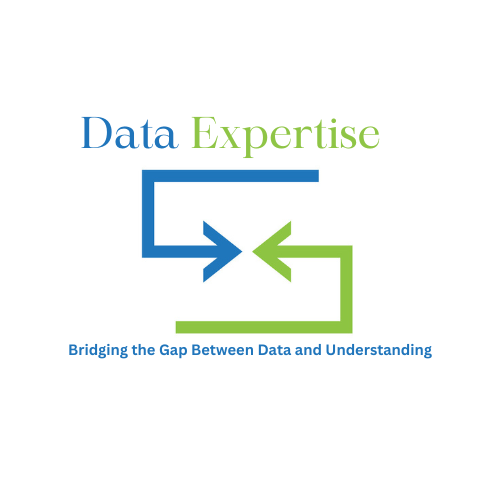In the realm of data science, the journey toward informed decision-making begins with two crucial pillars: data exploration and visualization. These foundational steps are not merely introductory; they are integral to the entire data analysis process. By delving deeper into data exploration and visualization, we can uncover concealed patterns, draw meaningful insights, and unlock the potential of data-driven decision-making.
Table of Contents
Introduction to Data Exploration
Data exploration serves as the essential precursor to any data analysis endeavor. It involves an initial, in-depth investigation of the dataset’s characteristics, structure, and nuances. This phase of the data science journey is marked by several key activities:
Understanding the Data
To work effectively with data, one must first gain a comprehensive understanding of it. This involves assessing data types, distributions, and the presence of missing or erroneous values. Without this foundational understanding, any subsequent analysis is built on shaky ground.
Data Cleaning and Preprocessing
In practice, data is seldom pristine; it often arrives with imperfections, such as errors, outliers, or inconsistencies. Data cleaning and preprocessing are vital steps that ensure the data’s accuracy and reliability. By addressing these issues, we pave the way for meaningful insights.
Exploratory Data Analysis (EDA)
The heart of data exploration lies in exploratory data analysis (EDA). EDA is a rigorous and systematic process that employs a variety of statistical and graphical techniques to uncover underlying patterns and relationships in the data. It goes beyond superficial examination and delves into the nuances of the dataset.
The Power of Data Visualization
Data visualization is the art of representing data graphically. It transcends the realm of mere aesthetics and plays a pivotal role in understanding and communicating complex information effectively. Here’s a more in-depth look at the world of data visualization:

- Types of Data Visualizations
Data can take on many forms, and as such, there’s a diverse array of data visualizations to choose from. These include bar charts, line graphs, scatter plots, heatmaps, and more. The selection of the appropriate visualization type hinges on the nature of the data and the insights one intends to extract.
- Interactive Visualizations
Interactive data visualizations are a potent tool in the hands of data analysts and decision-makers. Platforms like Tableau and Power BI provide the means to explore data interactively, enabling users to unearth hidden insights through dynamic exploration.
- Storytelling with Data
Effective data visualization transcends the act of creating attractive graphics; it is a vehicle for storytelling with data. The most impactful visualizations are those that weave a narrative around the data, enabling viewers to grasp the insights effortlessly.
Real-Life Examples
To truly appreciate the power of data exploration and visualization, it’s essential to examine their real-world applications:

Healthcare Analytics
In the healthcare sector, data exploration and visualization are instrumental in monitoring patient outcomes, detecting disease trends, optimizing resource allocation, and improving the overall quality of care.
Financial Analysis
Financial analysts leverage data visualization to track market trends, evaluate investment portfolios, and make data-driven decisions. These visualizations offer insights into financial performance and risk management.
Marketing Insights
Marketers harness the power of data exploration and visualization to decode customer behavior, evaluate campaign performance, and fine-tune marketing strategies. In the competitive world of marketing, data-driven insights are invaluable.
Tools and Technologies
The practical implementation of data exploration and visualization relies on an array of tools and technologies. Python libraries such as Matplotlib and Seaborn are go-to choices for crafting data visualizations. Dedicated platforms like Tableau and Power BI offer advanced capabilities for interactive and dynamic visualizations. These tools empower data professionals to bring their insights to life.
Conclusion
In conclusion, data exploration and visualization are not mere stepping stones; they are the bedrock of data science and analytics. They equip individuals and organizations with the tools to unearth concealed patterns, make informed decisions, and drive innovation. By mastering these techniques, you gain the ability to extract invaluable insights from data and navigate the intricate landscape of modern data analytics.
As you incorporate these principles into your data science toolkit, you embark on a journey toward becoming a proficient data explorer and visualizer, poised to uncover the hidden treasures buried within the data-rich world around us.



Leave feedback about this